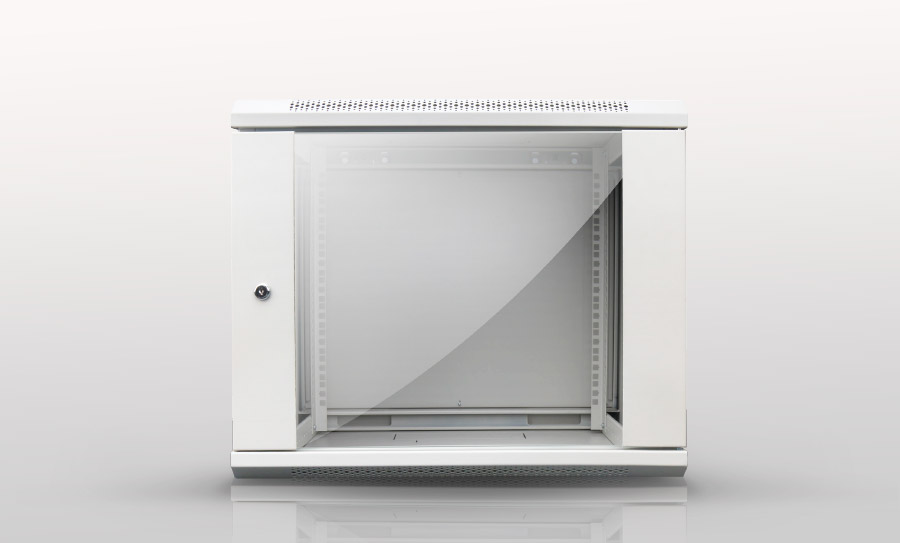With the development of computer and network technology, the cabinet is becoming an important part of it. The IT facilities such as servers and network communication equipment in the data center are developing in the direction of miniaturization, networking and racking. The cabinet is gradually becoming one of the protagonists in this change. Common cabinets can be divided into the following categories:
According to function: fireproof and antimagnetic cabinets, power cabinets, monitoring cabinets, shielding cabinets, safety cabinets, waterproof cabinets, safes, multimedia consoles, file cabinets, wall-mounted cabinets
According to the scope of application: outdoor cabinets, indoor cabinets, communication cabinets, industrial safety cabinets, low-voltage power distribution cabinets, power cabinets, server cabinets
Extended classification: console, computer case cabinet, stainless steel case, monitoring console, tool cabinet, standard cabinet, network cabinet

Server Cabinet
Cabinets dedicated to 19" standard equipment and non-19" standard equipment such as servers, monitors, UPS, etc., server cabinets are used to combine installation panels, plug-ins, sub-boxes, electronic components, devices and mechanical parts and components to form An integral installation box. The server cabinet is composed of a frame and a cover (door), generally in the shape of a cuboid, and is placed on the ground. It provides suitable environment and safety protection for the normal operation of electronic equipment. This is the first-level assembly next to the system level. A cabinet that does not have an enclosed structure is called a rack.
The server cabinet has good technical performance. The structure of the cabinet should be based on the electrical and mechanical performance of the equipment and the requirements of the use environment, and the necessary physical and chemical design should be carried out to ensure that the structure of the cabinet has good rigidity and strength, as well as good electromagnetic isolation, grounding, noise isolation, ventilation and heat dissipation. and other performance. In addition, the server cabinet should have anti-vibration, anti-shock, anti-corrosion, dust-proof, waterproof, anti-radiation and other properties, so as to ensure the stable and reliable operation of the equipment. The server cabinet should have good usability and safety protection facilities, which are convenient for operation, installation and maintenance, and can ensure the safety of operators.








 Home
Home